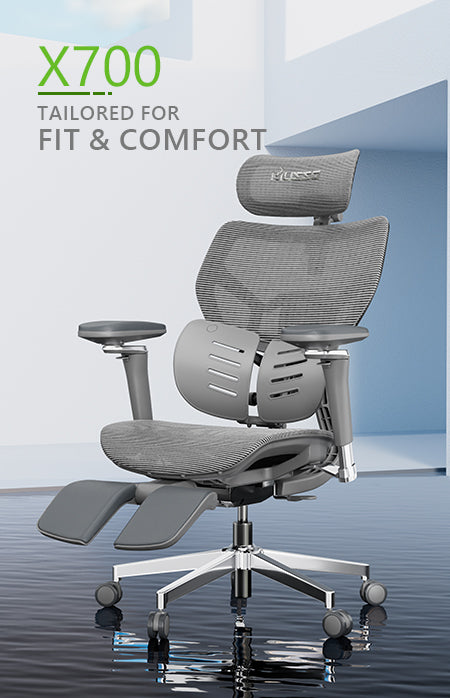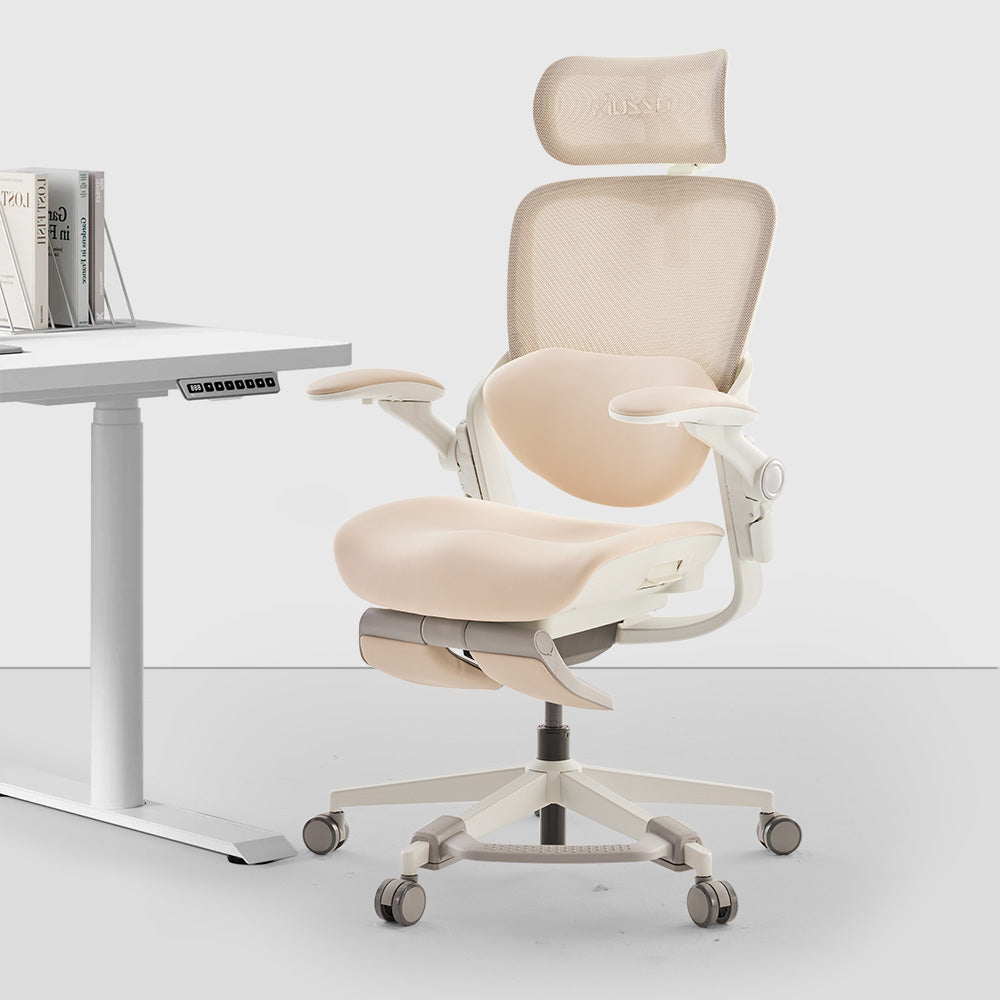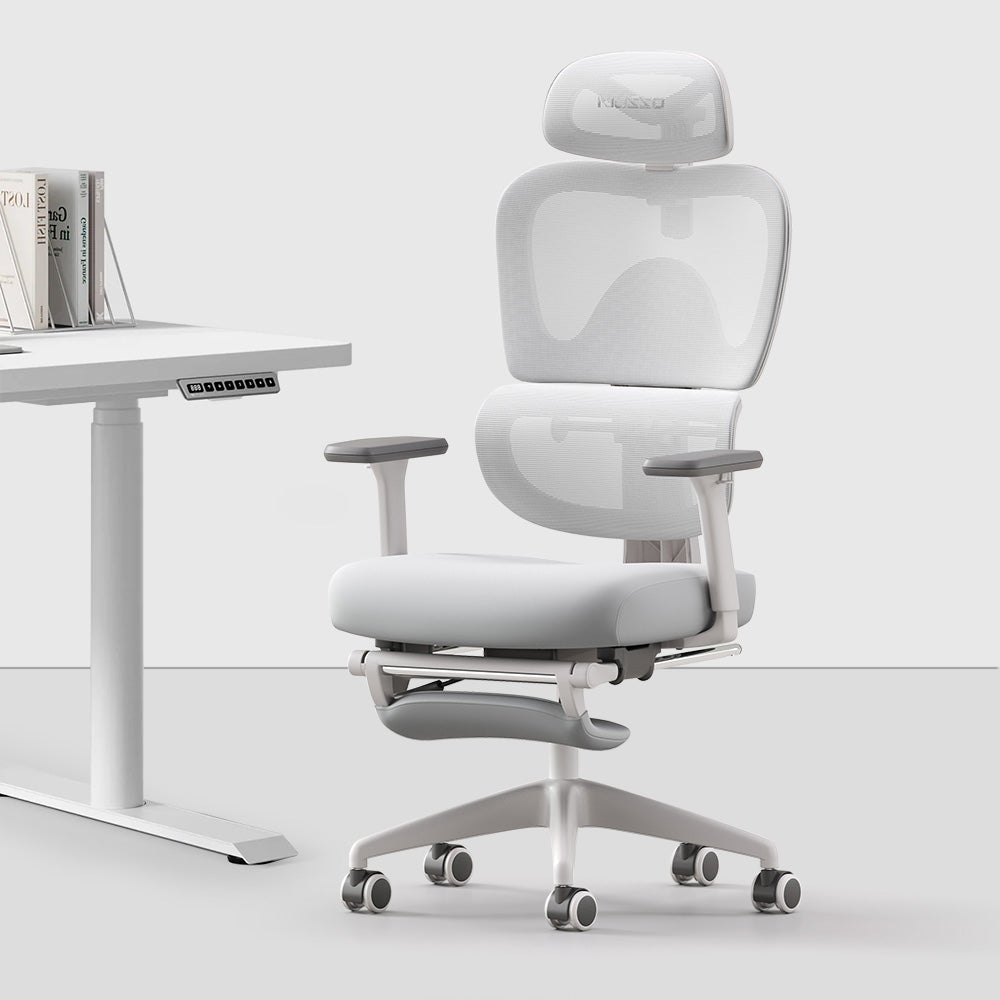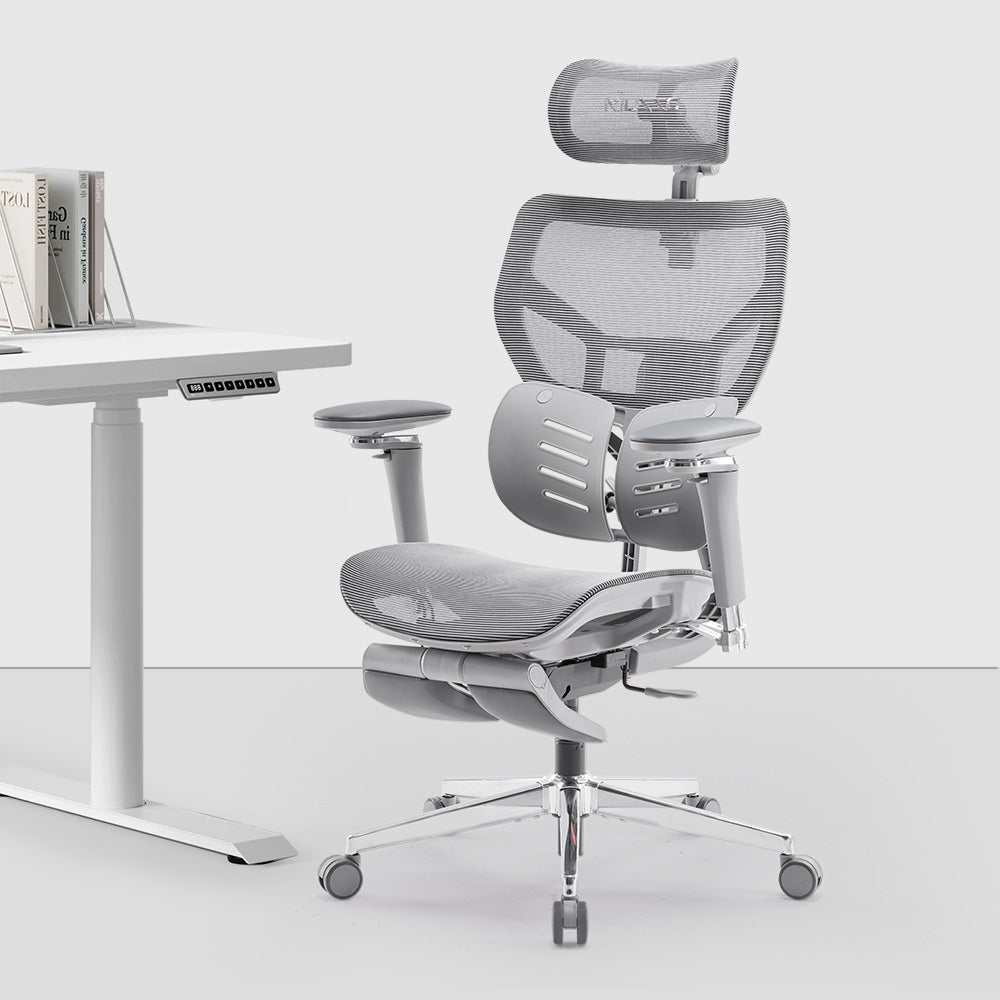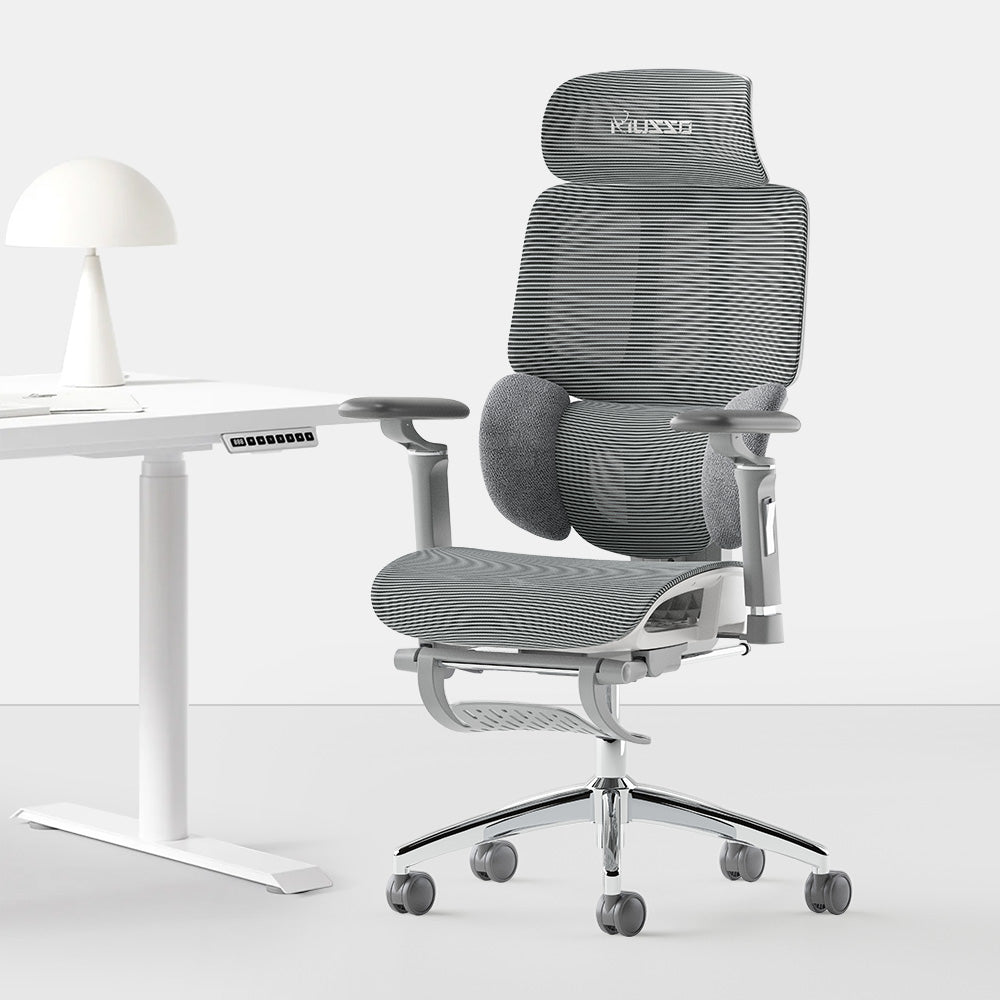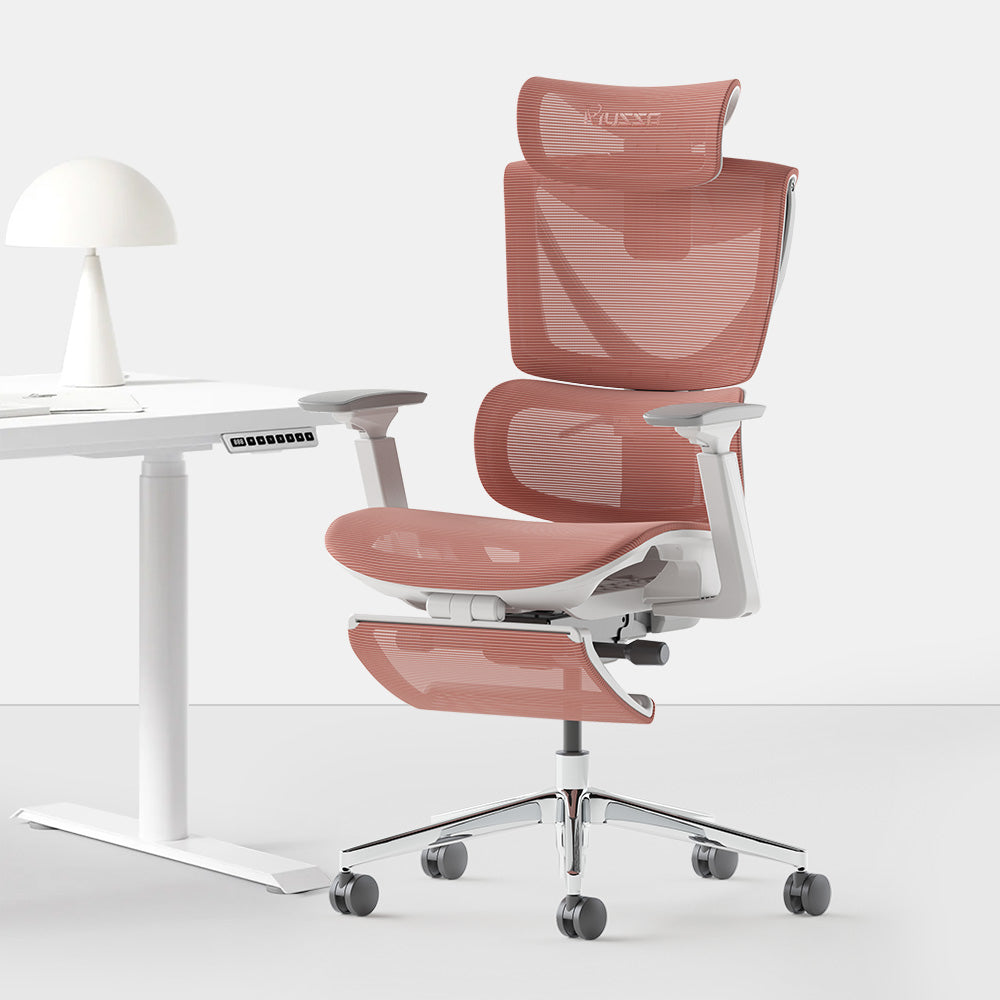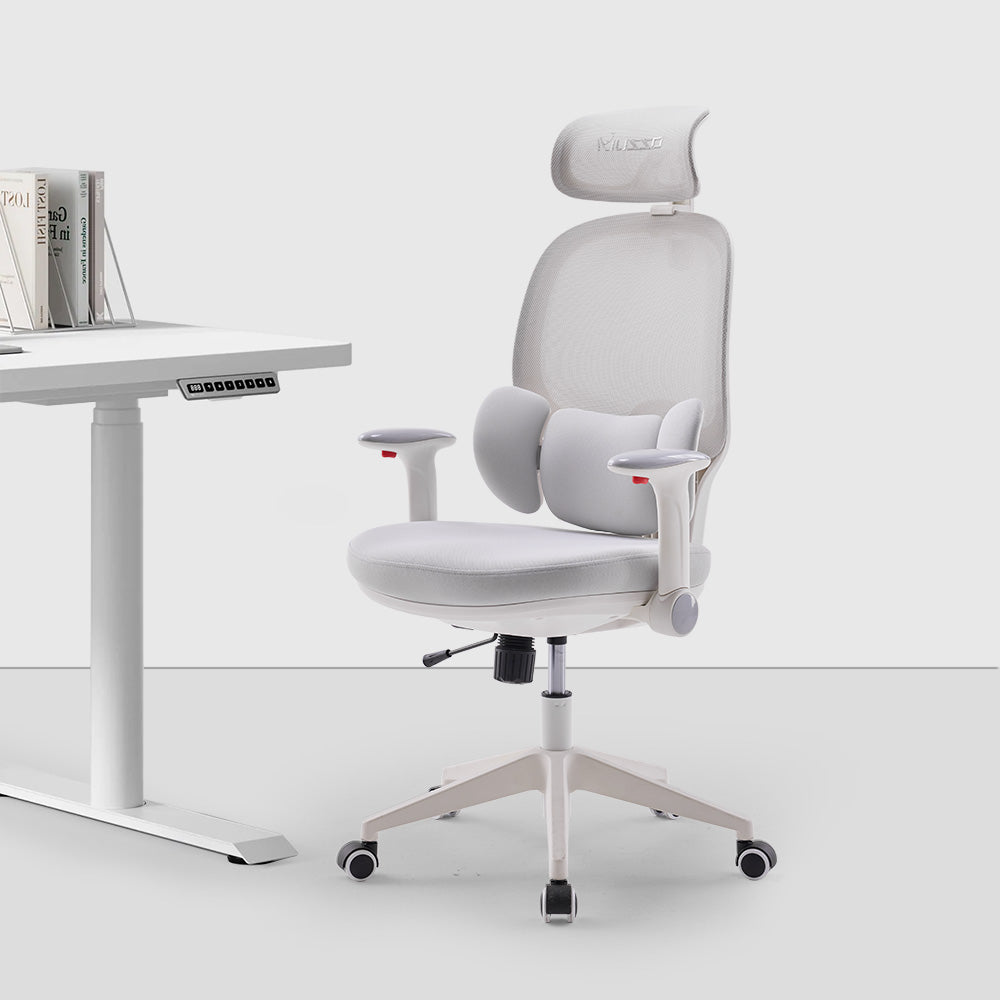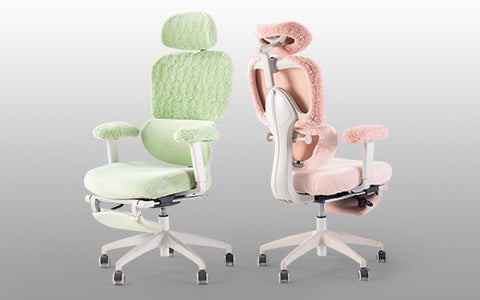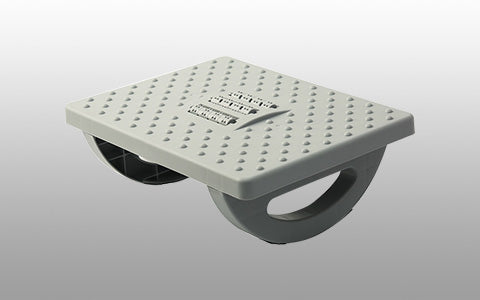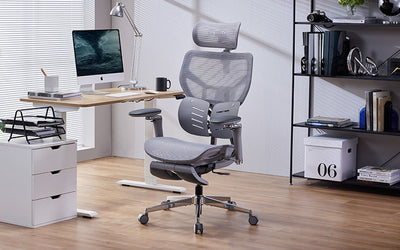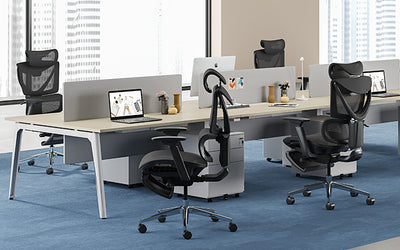Quick Menu
Embracing standing desks in the workplace comes with a plethora of health benefits, including a reduced risk of obesity and improved posture. Standing encourages higher caloric expenditure and enhances alertness, fostering a dynamic work environment. Conversely, prolonged sitting poses health hazards such as an increased risk of chronic diseases and impaired circulation, highlighting the importance of incorporating movement into daily routines.
The choice between standing and sitting significantly impacts cognitive function, with standing potentially enhancing focus and attention. However, ergonomic support is crucial for sustained productivity. Active sitting, which involves alternating between sitting and standing, helps mitigate the negative effects of prolonged sitting. Ergonomic considerations such as proper desk height and supportive footwear optimize comfort and productivity.

Key points:
-
Health Benefits of Standing Desks:
- Reduced risk of obesity.
- Improved posture and back health.
- Enhanced energy and alertness.
-
Drawbacks of Prolonged Sitting:
- Increased risk of chronic diseases.
- Negative impact on posture and muscles.
- Impaired blood circulation.
-
Posture's Influence on Productivity and Focus:
- Standing may enhance cognitive skills.
- Comfort is essential for sustained productivity.
-
Benefits of Active Sitting:
- Mitigates effects of prolonged sitting.
- Promotes movement and reduces fatigue.
-
Ergonomic Considerations for Standing Workstations:
- Proper desk and monitor adjustments.
- Supportive footwear and mats relieve pressure.
-
Impact of Varied Work Positions on Mental Well-being:
- Alternating positions enhances mood and reduces stress.
- Prioritizing employee comfort fosters positive work experience.
-
Long-term Health Implications of Sitting:
- Excessive sitting linked to increased mortality risk.
- Balancing sitting and standing crucial for health.
-
Practical Tips for Office Workers to Improve Health:
- Establish ergonomic workspace.
- Incorporate regular movement breaks.
-
Cost and Accessibility Considerations:
- Budget-friendly options available.
- Creative solutions promote inclusivity.
-
Making Informed Choices for Workplace Health:
- Consider evidence for standing vs. sitting.
- Prioritize health for a positive work culture.
Frequently Asked Questions: Standing vs. Sitting in the Office
What are the health benefits of using standing desks?
Standing desks offer various health benefits, including reduced obesity risk and improved posture, leading to enhanced energy and alertness.
What are the drawbacks of prolonged sitting?
Prolonged sitting increases the risk of chronic diseases and negatively impacts posture and circulation, resulting in discomfort and impaired health.
How does posture affect productivity and focus?
Posture, whether standing or sitting, influences cognitive function, with standing potentially boosting focus and attention. Comfort is essential for sustained productivity.
What is active sitting, and how does it benefit overall health?
Active sitting involves alternating between sitting and standing, which helps mitigate the negative effects of prolonged sitting and promotes movement and comfort.
What ergonomic considerations are important for standing workstations?
Proper desk and monitor adjustments, along with supportive footwear and mats, are crucial for maintaining comfort and productivity in standing workstations.
How do varied work positions impact mental well-being? Alternating between standing and sitting positions can regulate mood and reduce stress, contributing to a positive work experience and mental well-being.
What do research findings say about the long-term health implications of sitting?
Research indicates that excessive sitting is associated with increased mortality risk, underscoring the importance of balancing sitting and standing for overall health.
What practical tips can office workers follow to improve health? Establishing an ergonomic workspace and incorporating regular movement breaks are practical tips for improving health in the office.
What cost and accessibility considerations should be taken into account?Budget-friendly options and creative solutions promote inclusivity and accessibility in implementing standing desks in the workplace.
How can individuals make informed choices for office health?
By considering evidence and prioritizing health, individuals can make informed choices regarding standing vs. sitting in the workplace, fostering a culture of proactive self-care and well-being.

